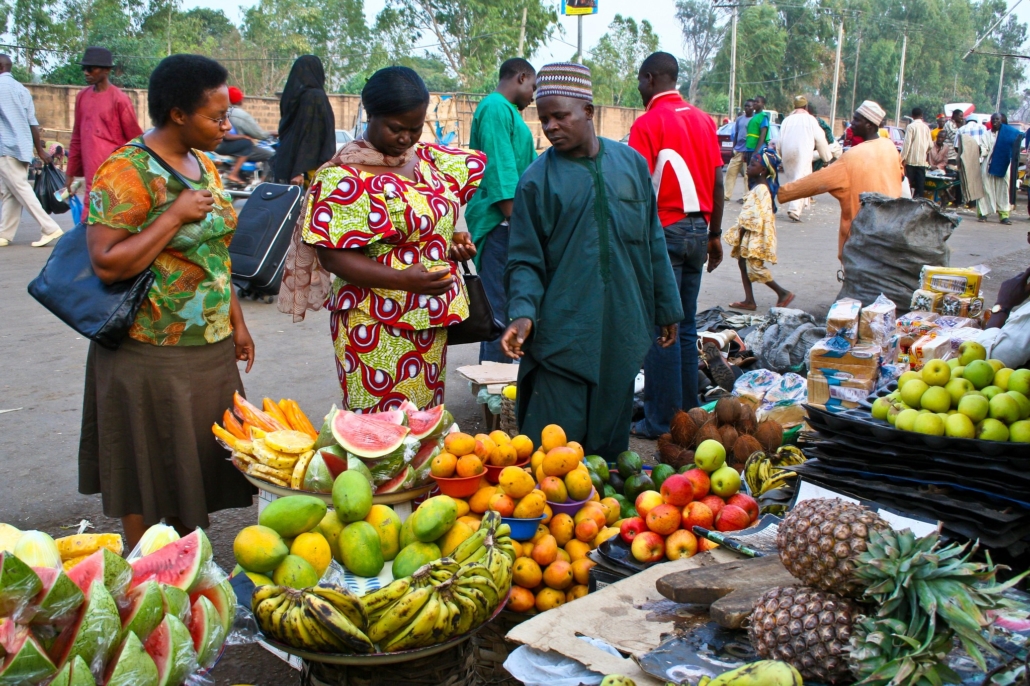
Nigeria is a West African country that stands as the most populous nation in Africa with more than 182 million citizens. The nation holds a high population growth rate as well as a high poverty rate. About 60% of Nigerians live in impoverished conditions, a consequence of several factors including conflict, drought and floods. The ongoing conflict and violence in Nigeria has not only led to more than 2 million internally displaced Nigerians but has also led to high food insecurity levels. The violence and conflict are “disrupting food supplies, impeding access to basic services and markets and limiting agricultural activities and livelihood opportunities.” With more than 8.7 million people facing food insecurity in the northern parts of Nigeria, establishing greater food security in Nigeria is more important than ever.
Reasons Behind Food Insecurity in Nigeria
The escalation of the conflict together with the crisis that COVID-19 caused and rising numbers of internally displaced persons make food insecurity in Nigeria a growing problem. The COVID-19 pandemic has worsened both poverty and food insecurity in the nation. According to ReliefWeb, “embargoes on food items, the reluctance of manufacturing countries to export and the reduction of economic activities due to the pandemic has led to food price hike as high as 120% across markets nationwide.” Severe droughts and floods also impact agricultural output, exacerbating both food insecurity and economic insecurity, especially for rural people who depend on the agricultural sector for their income and sustenance.
How the World Food Programme (WFP) is Providing Assistance
Because food insecurity links to malnutrition, the WFP is providing “specialized nutritious food” to vulnerable children younger than 5 as well as pregnant and breastfeeding Nigerian women. With the support of UNICEF and Action Contre La Faim (ACF), the WFP is able to provide “an integrated package of essential health and nutrition services” to reduce and address severe malnutrition among vulnerable Nigerian people, especially in the most isolated and remote regions. In the most conflict and violence-ridden states of Borno, Adamawa and Yobe, the WFP aims to expand its food security efforts to support 1.9 million citizens by the close of 2022.
In November 2021, the WFP had supplied more than 12,105 metric tonnes of local food to more than 1 million people enduring food insecurity in the most conflict-ridden parts of Nigeria. Through $7.1 million worth of cash-based assistance in the form of “E-vouchers, prepaid cards, bank cards and mobile money,” the WFP was able to help more than 551,000 people buy “life-sustaining food and engage in livelihood activities” to secure an income.
To address nutritional deficiencies, the WFP supplied “nutrition support to 126,631 children aged 6-23 months and 87,396 pregnant and lactating women and girls,” among other efforts. According to the WFP, women formed 60% of the beneficiaries of the WFP’s aid efforts. In total, the WFP’s work helped more than 1.4 million people in November 2021.
The food insecurity crisis in Nigeria is ongoing due to limited food access as a consequence of the conflict, which is why the WFP seeks funding of $211 million between December 2021 and May 2022 to continue with the goals of the Country Strategic Plan (2019-2022).
The Road Ahead
The Nigerian government could establish greater food security in Nigeria by focusing on rural development, appropriate policies for food, political stability and the reduction of poverty. All these strategies must work in collaboration with international aid in order to see true success. With the support of the WFP, Nigeria was able to stabilize staggering levels of food insecurity in the nation. However, “4.4 million people are still entirely depending on food assistance” for their survival. Ongoing humanitarian assistance is necessary to provide emergency food relief and support and improve food security in Nigeria.
– Ander Moreno
Photo: Flickr
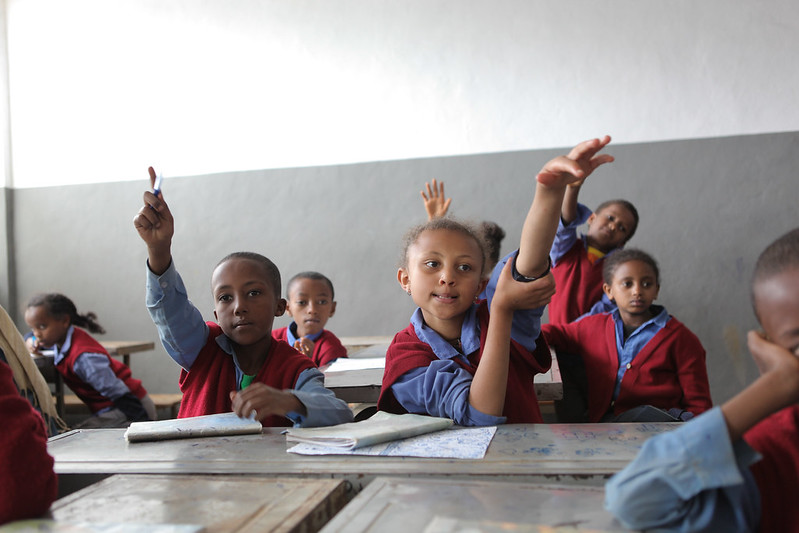
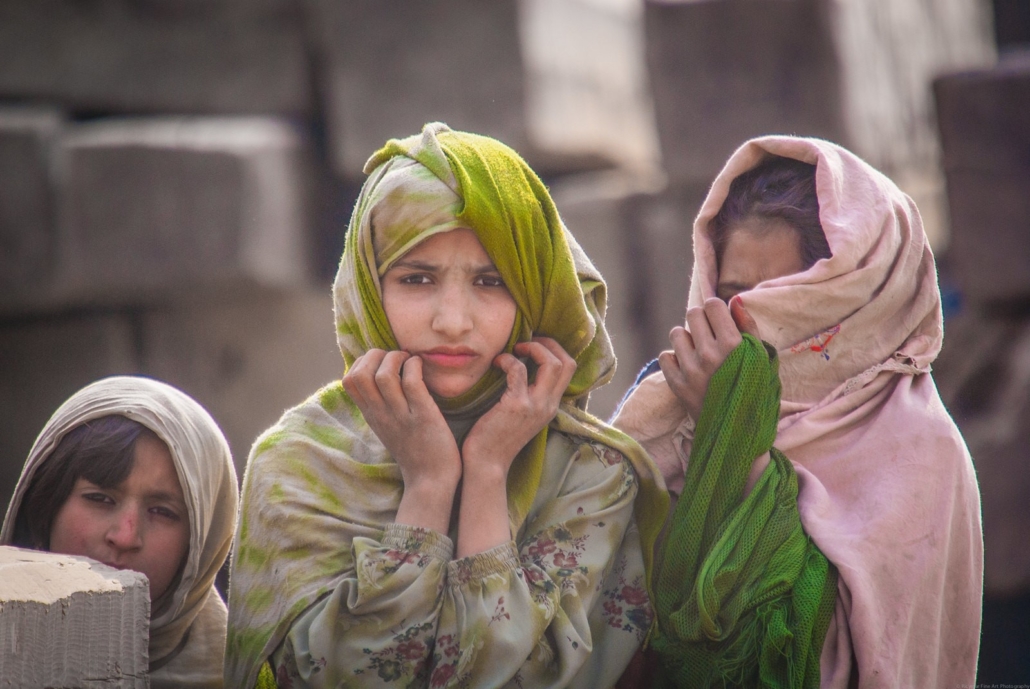
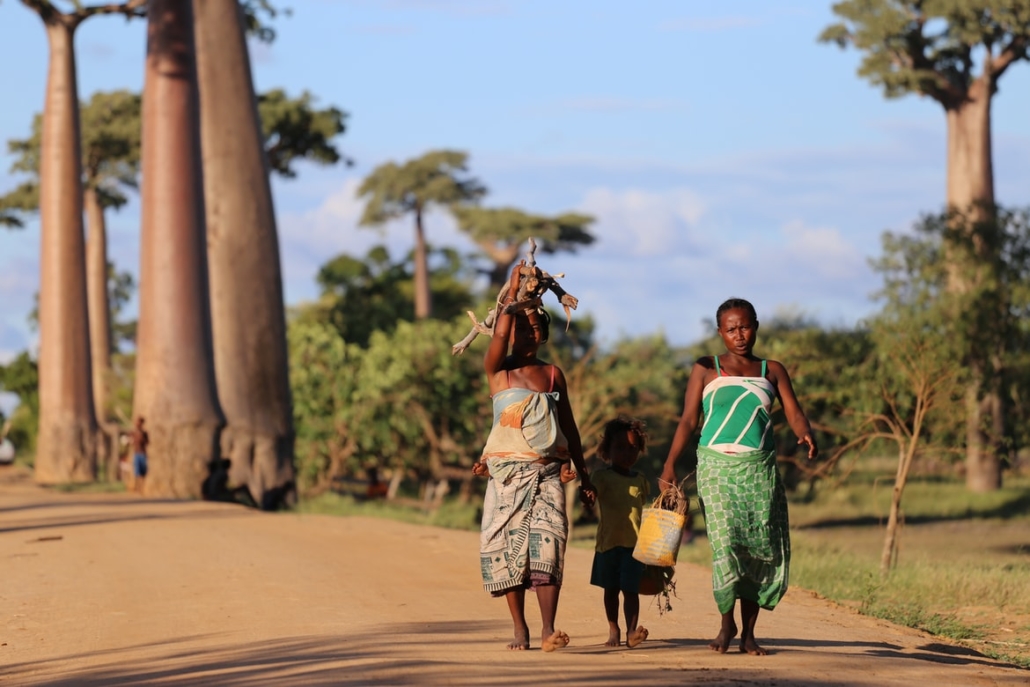


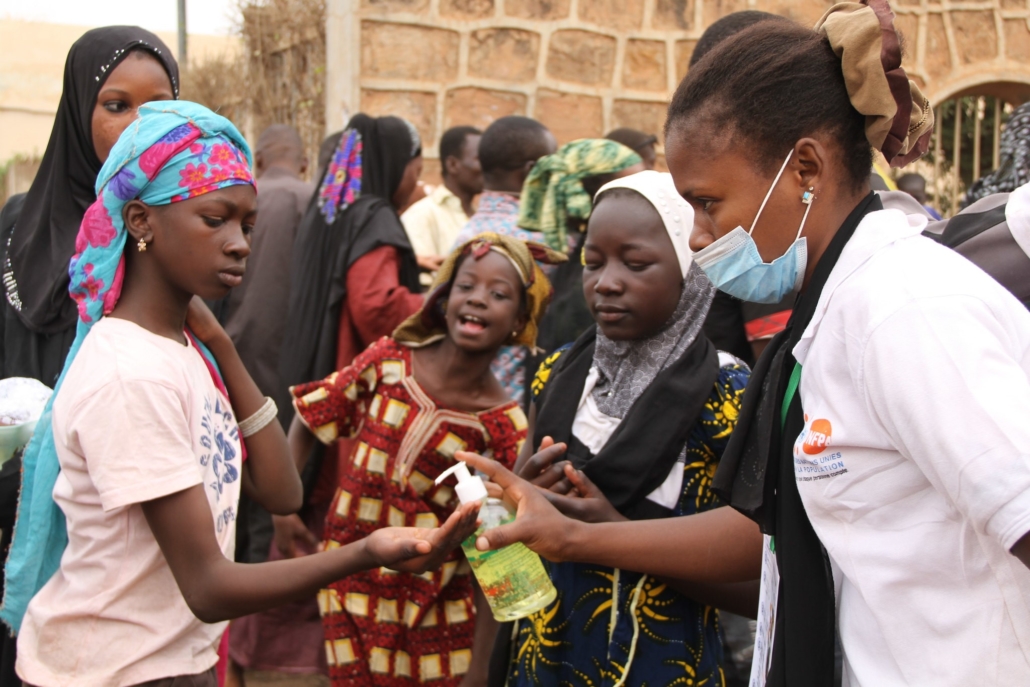
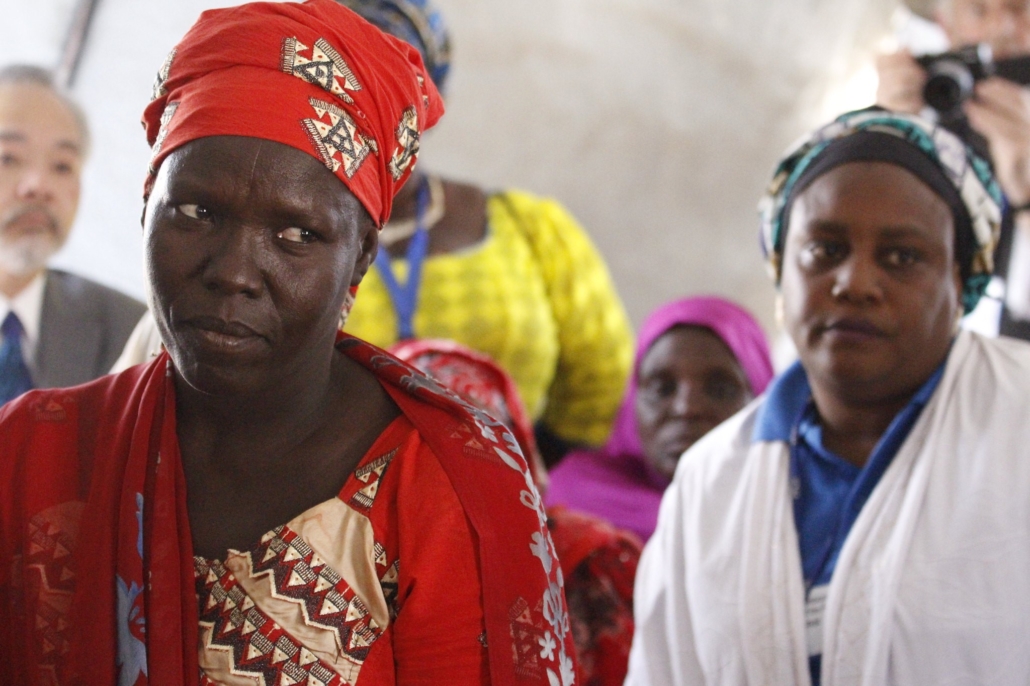

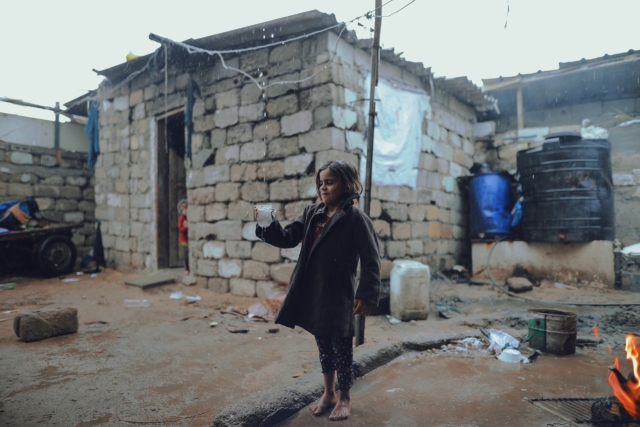 The Israeli-Palestinian conflict, which has been ongoing for
The Israeli-Palestinian conflict, which has been ongoing for 